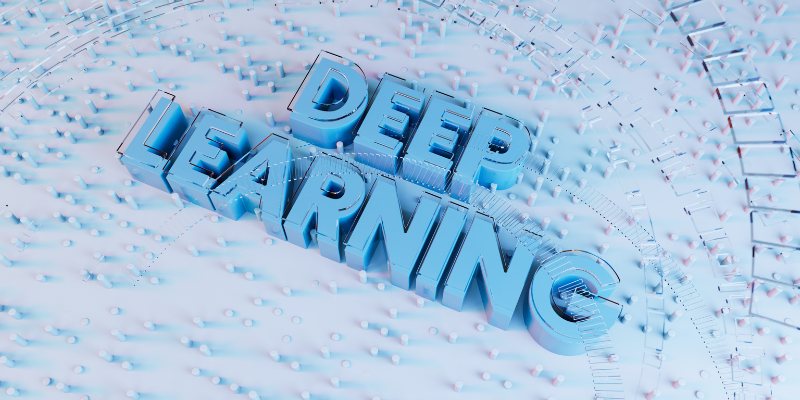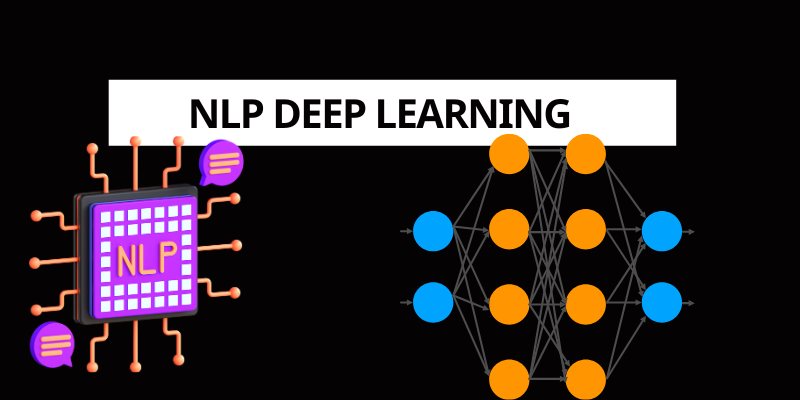NLP Deep Learning: Transforming How Machines Understand Language
NLP Deep Learning has emerged as a revolutionary force, enabling machines to process and generate human language with remarkable precision. By blending Natural Language Processing (NLP) with the power of Deep Learning, this fusion is driving innovations like intelligent chatbots and advanced translation tools.
Contents
What is NLP and Deep Learning?
Natural Language Processing (NLP) is a cornerstone of AI, dedicated to enabling computers to interpret, analyze, and produce human language in a meaningful way. Applications range from sentiment analysis to machine translation and conversational agents. On the other hand, Deep Learning, a subset of machine learning, leverages multi-layered neural networks to model complex patterns in data. When applied to NLP, Deep Learning shifts traditional rule-based approaches to data-driven models, making NLP Deep Learning a game-changer for processing unstructured text.

How NLP Deep Learning Works
The magic of NLP Deep Learning lies in its advanced neural architectures. Early approaches relied on sequential models like Recurrent Neural Networks (RNNs), but modern breakthroughs stem from Transformers.
These systems, with their self-attention mechanisms, process entire sentences at once, powering iconic models like BERT and GPT. BERT excels at grasping bidirectional context, while GPT shines in generating human-like text—both showcasing the versatility of NLP Deep Learning.
Landmark Models in NLP Deep Learning
Several groundbreaking models have emerged from the NLP Deep Learning ecosystem, setting benchmarks for performance:
BERT (Bidirectional Encoder Representations from Transformers): Developed by Google, BERT’s bidirectional context understanding has redefined tasks like question answering and named entity recognition (NER).
GPT (Generative Pre-trained Transformer): Pioneered by OpenAI, GPT models, including the massive GPT-3, excel in generating human-like text, showcasing the creative potential of NLP Deep Learning.
RoBERTa, T5, XLNet: These Transformer-based variants optimize and extend BERT’s capabilities, pushing the boundaries of NLP performance.
These models, pre-trained on colossal datasets, can be fine-tuned for specific tasks, making NLP Deep Learning accessible and versatile.
Current Trends in NLP Deep Learning
As of April 2025, NLP Deep Learning continues to evolve rapidly:
- Large Language Models (LLMs): The race for bigger, more efficient models persists, with successors like GPT-4 and xAI’s Grok leading the charge.
- Unsupervised and Semi-Supervised Learning: Reducing reliance on labeled data is a growing focus, enhancing scalability.
- Multimodal Integration: Combining NLP with image and audio processing (e.g., OpenAI’s CLIP) is expanding the scope of NLP Deep Learning.
- Healthcare Applications: Analyzing electronic medical records with NLP Deep Learning is transforming diagnostics and patient care.
These trends signal a future where NLP Deep Learning becomes even more integrated into our daily lives.

Data and Tools Powering NLP Deep Learning
Success in NLP Deep Learning hinges on two pillars: data and tools.
Data: Training these models demands massive, diverse datasets like Common Crawl or Wikipedia, alongside task-specific corpora (e.g., IMDB for sentiment analysis).
Tools: Developers rely on frameworks like TensorFlow, PyTorch, and Hugging Face Transformers, which offer pre-trained models and streamlined workflows. High-performance hardware, such as GPUs and TPUs, accelerates the computationally intensive training process.
Challenges in NLP Deep Learning
- Despite its advancements, NLP Deep Learning faces significant hurdles:
- Models like GPT-3 require immense computing power and energy, raising sustainability concerns.
- High-quality, unbiased datasets are critical to avoid skewed outputs, yet remain difficult to curate.
- Deep Learning models are often “black boxes,” complicating efforts to explain their decisions.
- While progress has been made, machines still struggle with pragmatics—subtleties like sarcasm or cultural context.
NLP Deep Learning has redefined how we interact with technology, turning raw text into actionable insights and human-like conversations. From foundational architectures like Transformers to cutting-edge models like BERT and GPT, this field exemplifies the power of AI innovation. Yet, as we push forward, overcoming challenges like resource demands and contextual nuance will be critical. As of April 2025, NLP Deep Learning remains a dynamic frontier, poised to shape the future of communication, intelligence, and beyond.
Let’s grow together – follow us for more!